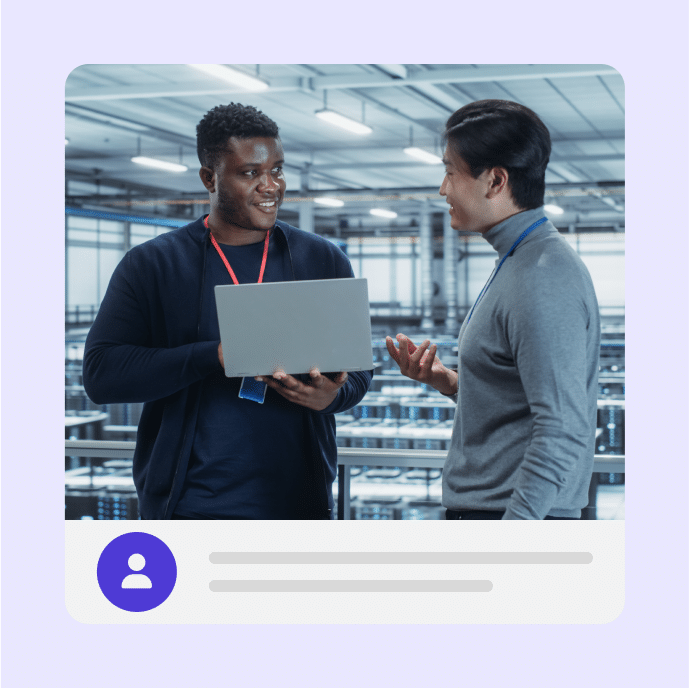A Quick Tip on Developing Course Content
The organization has specific training needs. And the learner has specific needs. Your analysis marries those two to build the best learning experience.

Here’s a quick tip for those building e-learning courses: as a course developer you serve as the intermediary between the organization and the learner. You are the bridge between both parties.
Not all e-learning courses require learning
Before we continue, let’s assume that we’re not talking about compliance training which often doesn’t have specific learning objectives. With compliance training, the organization commissions the course to meet some sort of compliance requirement.
However, the person who takes the course wouldn’t be taking it to meet real objectives. They’re only taking it to meet some mandated requirement.
In that world, learning isn’t necessarily the primary objective. It doesn’t mean there’s no learning, it just means that learning isn’t the course objective.
Performance-based learning objectives
We’ll assume we’re talking about performance-based training where the organization has a certain objective or requirement for the learner and the learner desires to apply what is learned to meet the organization’s objective.
You as the course developer are a bridge between these two parties. You need to build a course that meets the organization’s goals. At the same time, you need to build a course that is meaningful and relevant to the person who takes it.
How is this done?
- Put on the performance consulting hat to determine the real training needs.
- Determine measurable objectives for the course.
- Ensure the objectives are relevant and meaningful to the learner.
The organization (or customer) has specific needs. The learner has specific needs. Your analysis is about marrying those two needs. What does the organization want to do and what do the learners need to do?
I meet with the customer to understand what they want and why. I also like to know why it’s currently not the way they want it. And then I like to meet with the people who need the training. What are they currently doing? Why aren’t they able to meet the objectives? What do they need?
Often, I find there’s a disconnect between the client’s requirement and how the work is done in the real world. Being a bridge between the two parties helps you identify these issues and work to resolve them.
This is a simple tip but one I see neglected often. One thing you do want to avoid is only taking content from the client and never considering the way it’s used by the person who needs to learn it. I see this all the time and it ensures the least optimal training possible.
What are ways that you bridge the interests between the client and those who take the e-learning courses?
You may also like

Winning Strategies To Get Your E-Learning Budget Approved
Discover how to secure the budget you need for quality e-learning with four proven approaches that address different stakeholder concerns and organizational contexts.

